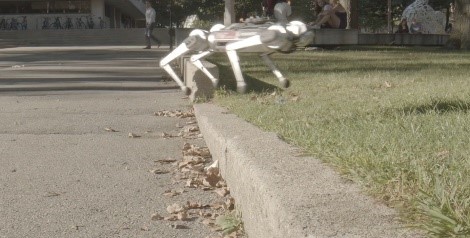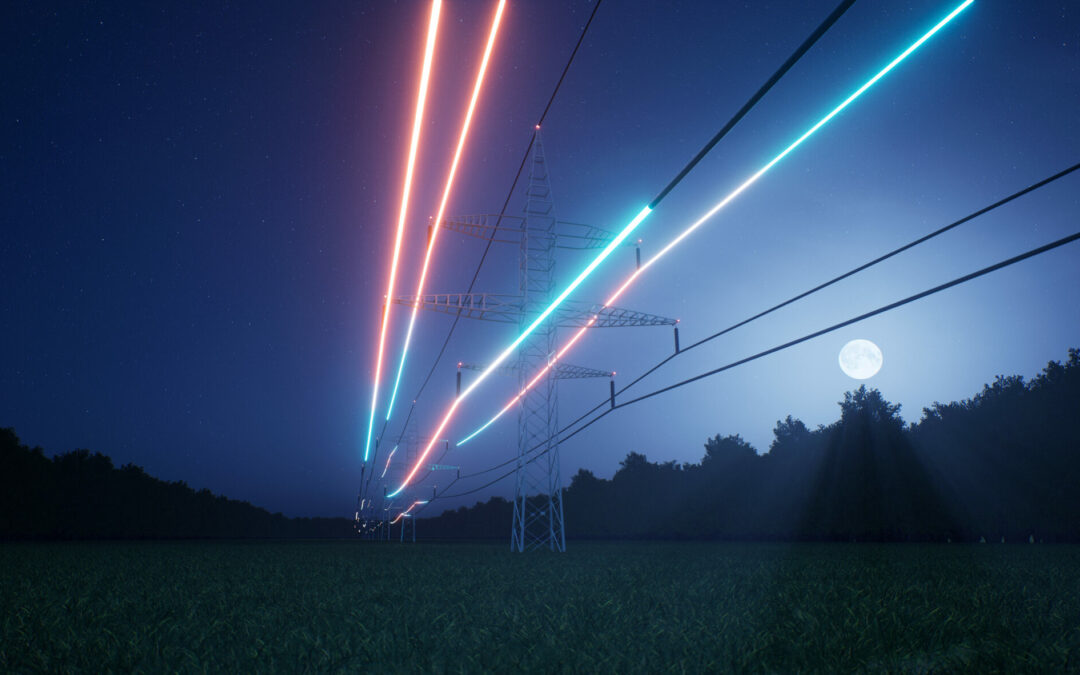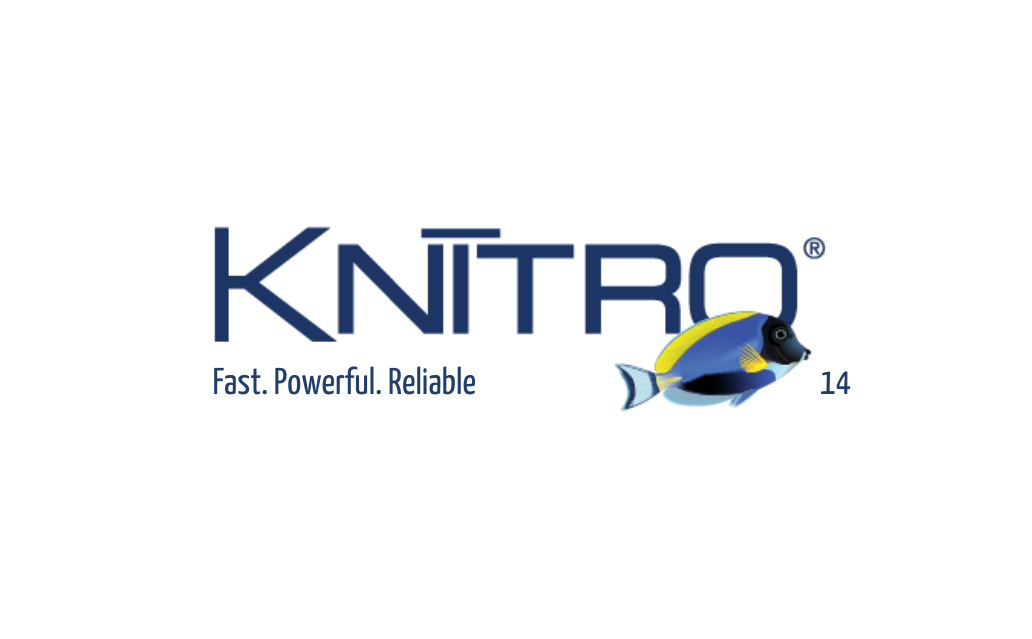The MIT Biomimetic Robotics Lab uses Artelys Knitro to achieve High speed landing of quadruped robots
Trajectory optimization
The Biomimetic Robotics Lab at the Massachusetts Institute of Technology (MIT) has been using Artelys Knitro for real-time control of their legged robots: the MIT Mini Cheetah and the MIT Humanoid. Trajectory optimization is an essential process for real-time control of legged robots. Optimal control for legged systems is a challenging problem that must contend with nonlinear, hybrid dynamics and complicated, high degree-of-freedom kinematics. In the case of the Mini Cheetah, this optimization process is used to plan complicated motions such as jumps, aerial spins, backflips, and barrel rolls.
The ability to perform these motions greatly expands the range of environments the robot is capable of traversing, which is crucial as these robots are meant to be deployed operationally. Since incorporating Artelys Knitro into the software, the lab has been able to implement a number of new, real-time controllers on their robots using nonlinear optimization. Even after testing other state-of-the-art nonlinear optimization solvers, Artelys Knitro was the only one capable of performing fast enough to be deployed onboard their robot.

Model predictive controllers
For the Mini Cheetah, a nonlinear model predictive controller (MPC) was implemented for landing. The optimization was formulated with complementarity constraints, which make the nonlinear program (NLP) challenging for many solvers, but Artelys Knitro was able to find solutions at roughly 5-10 Hz (i.e., between 5 and 10 problems are solved every second). The team used a nonlinear trajectory optimization including contact complementary constraints to find optimal landing postures. Because real-time performance is so important in the short duration of a fall, Artelys Knitro was used over other solvers for its speed and reliable convergence.
For the MIT Humanoid, a nonlinear predictive controller was implemented that leverages the MIT Humanoid’s arms to improve balance and locomotion. The complex nonlinear optimization can solve complex arm motions in response to large disturbances. Artelys Knitro solved these motions at 40 Hz and helped demonstrate successful landings in both simulation and hardware.
If you want to know more about Artelys Knitro applications, you can contact us or visit the dedicated web page.

Artelys provides support to the French energy regulatory authority (CRE) in assessing the adequate incentive levels to foster distribution networks performance for TURPE 7
Artelys has conducted a quantitative assessment to inform target levels proposals for TURPE 7, examining past performance and the impact of integrating smart meter data (Linky) into indicators measuring the quality of energy supply.

The MARI project is growing
In recent months, several new European TSOs have successfully joined MARI, the pan-European mFRR activation platform whose market clearing engine was developed by Artelys.

Knitro 14.2 solve your toughest nonlinear non-convex models in seconds
— We are pleased to announce that Artelys Knitro 14.0 is now available! This new version enables compagnies to solve complex non-linear optimization problems with unprecedented efficency and precision.

Artelys Powers the Launch of CorNet’s Common Grid Model (CGM) Service
Artelys has been selected to develop computation engine modules for the Common European Merging Function (EMF) used in the core of the CorNet program’s RCC Service Platform, enabling pan-European operational power grid coordination and security analysis.
subscribe to our newsletters
© ARTELYS • All rights reserved • Legal mentions